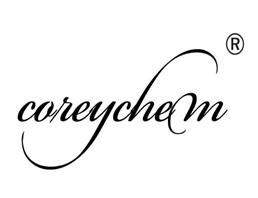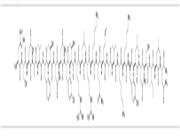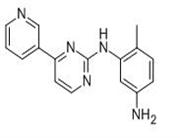Thiocarbamide
$ 2000.00
/25KG
- Min. Order1KG
- Purity99%
- Cas NoThiocarbamide
- Supply Ability20T
- Update time2019-07-06

career henan chemical co
VIP8Y
 China
China
Enterprise Verified
Business Bank account
Basic Contact Infomation
Business Address
Trade Company



Chemical Properties
| Product Name | Thiocarbamide |
| CAS No | Thiocarbamide |
| EC-No | 200-543-5 |
| Min. Order | 1KG |
| Purity | 99% |
| Supply Ability | 20T |
| Release date | 2019/07/06 |




